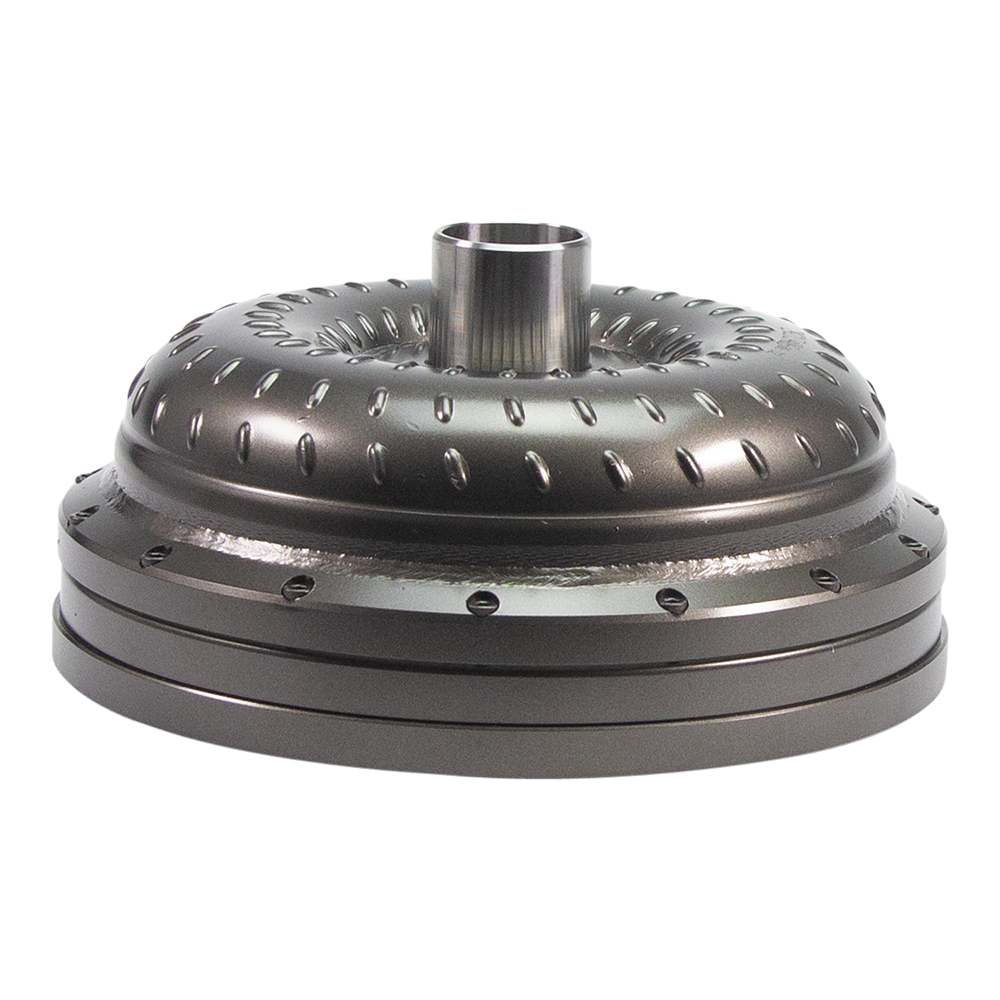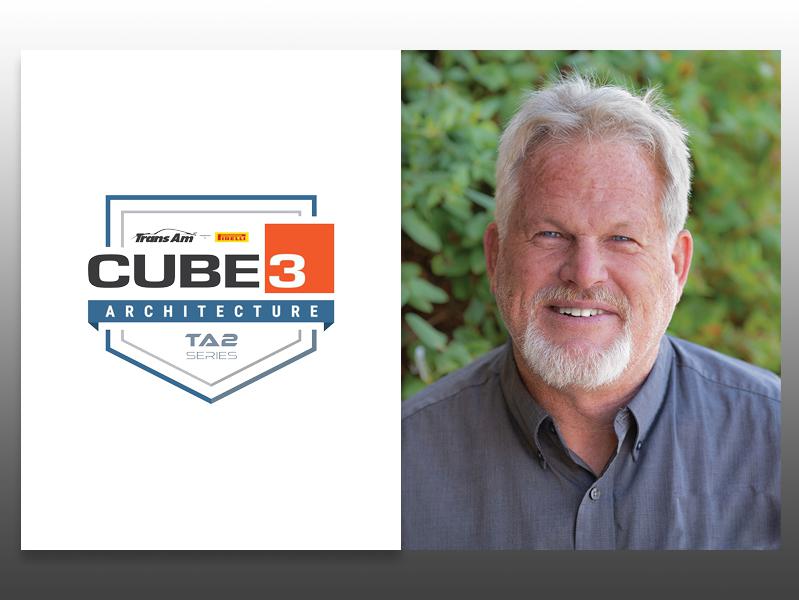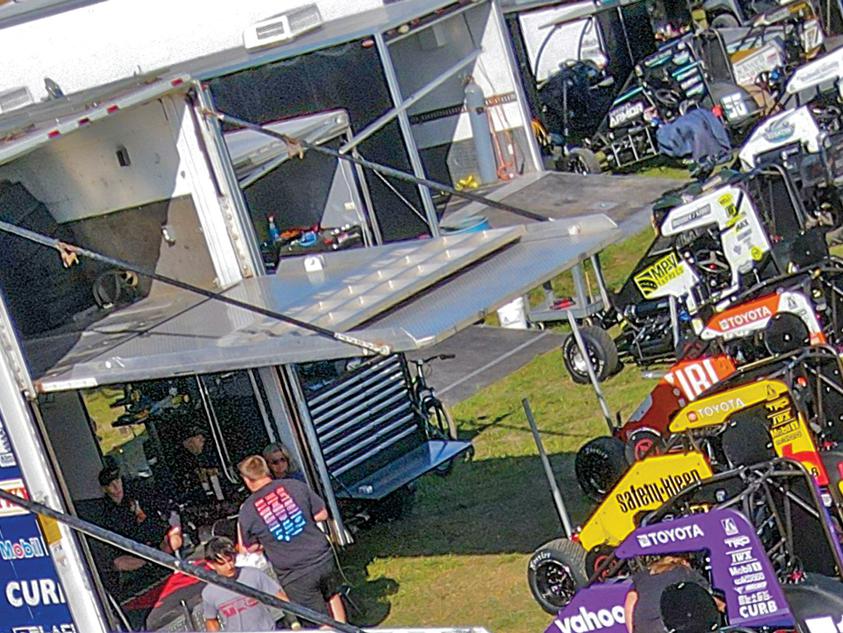Editors’ Choice
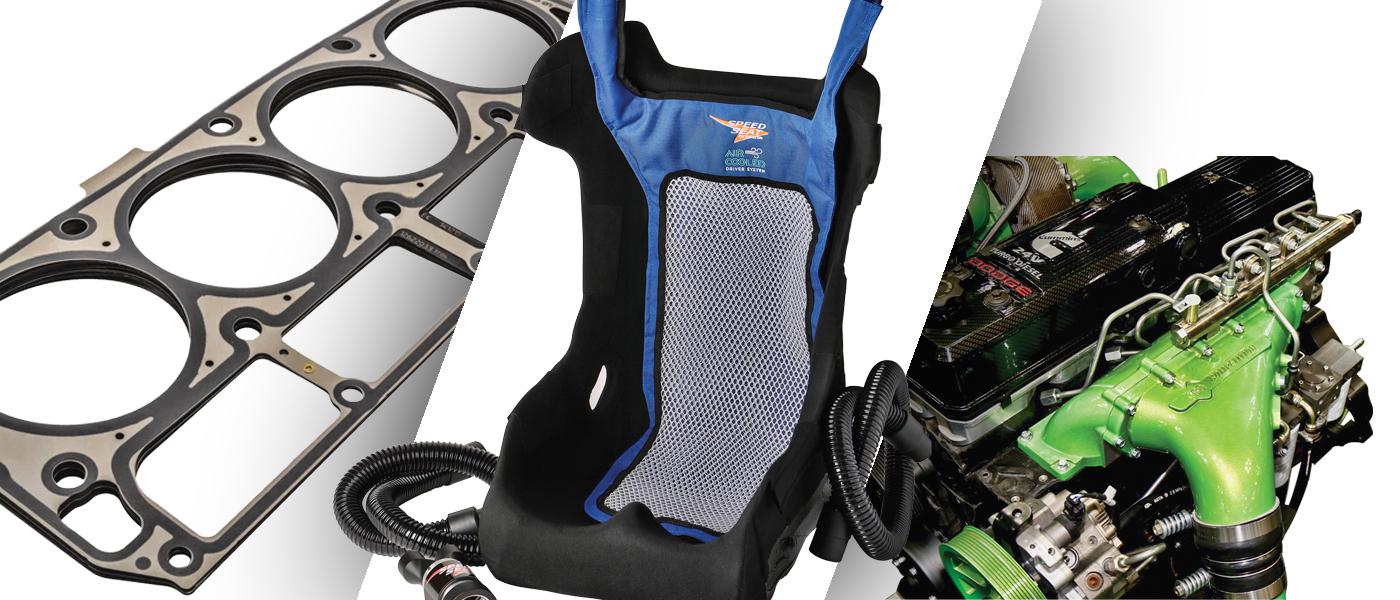
Hundreds of new product announcements cross the desks of PRI editors each month. Following are our top picks for March.
OEM Replacement Head Gaskets for LS & LT Engines
Engine Pro
enginepro.com

Engine Pro of Wheat Ridge, Colorado, has introduced a new line of OEM replacement multi-layer steel (MLS) gaskets for GM’s LS and LT engine families that are available in three, five, or seven layers to accommodate different power levels.
“There’s nothing hotter than the LS market,” noted Jessie Jones. “With all the different things people are doing with this engine, we felt it was important to offer a choice.”
In the Engine Pro catalog, customers can reference the OEM gasket number as well as engine codes and engine dimensions to find the correct replacement, or they can check the performance chart where they find the five- and seven-layer applications. The catalog is available as a free download from the website or as a printed catalog available at any Engine Pro warehouse.
“We try to make it as easy as possible during the selection. The charts in the catalog should answer everyone’s questions,” said Jones.
These cylinder head gaskets are constructed from beaded, elastomer-coated spring-steel layers and are designed to provide high thermal stability in extreme conditions, including nitrous, supercharged, and turbocharged applications. Engine Pro also offers other LS gaskets, including oil pan, timing cover, valve cover, and exhaust. —Mike Magda
Air-Cooled Driver’s Seat System
Speed Seat Factory
speedseatfactory.com
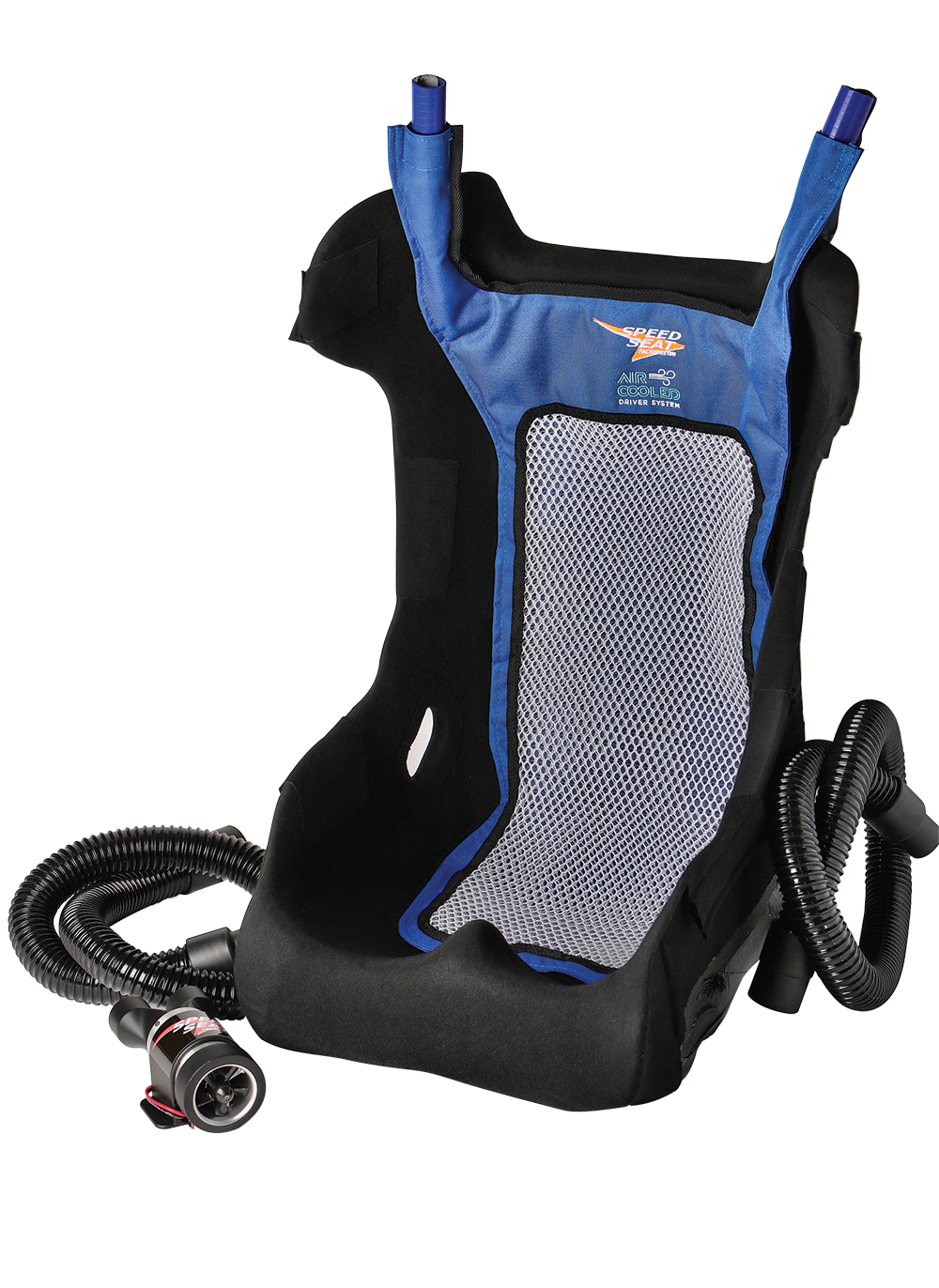
This new driver cooling system from Speed Seat Factory in Delafield, Wisconsin, is easy to install and designed to provide an unlimited supply of air during a race.
“It took us two years to develop the blower motor alone,” said Gayle Gaborsky.
The permanent-magnet, 12-volt motor forces air through a splitter, which is connected to the Speed Seat system by two flexible hoses. The Speed Seat cooling component is constructed of a honeycomb mesh that allows air to be dispersed through the entire seat. As the driver sweats, the cool air stimulates evaporation, which helps keep the occupant cool.
“The mesh is also treated with a fire retardant,” said Gaborsky. “It’s easily attached to the seat with hook-and-loop.”
A three-outlet splitter can also be utilized to supply air to a helmet designed for air cooling. This splitter features two 1.5-inch outlets and a
1.25-inch outlet for the helmet.
“All the air blows straight through to the driver,” noted Gaborsky. “There’s no return.”
The motor has a built-in mounting flange, and the system comes with a pair of 4-foot hoses. An air filter is also available. The system is easily adaptable to endurance vehicles that use seat padding to compensate for different driver sizes. —Mike Magda
Competition Series Intake Manifold for Cummins 5.9L
BD Diesel
us.bddiesel.com
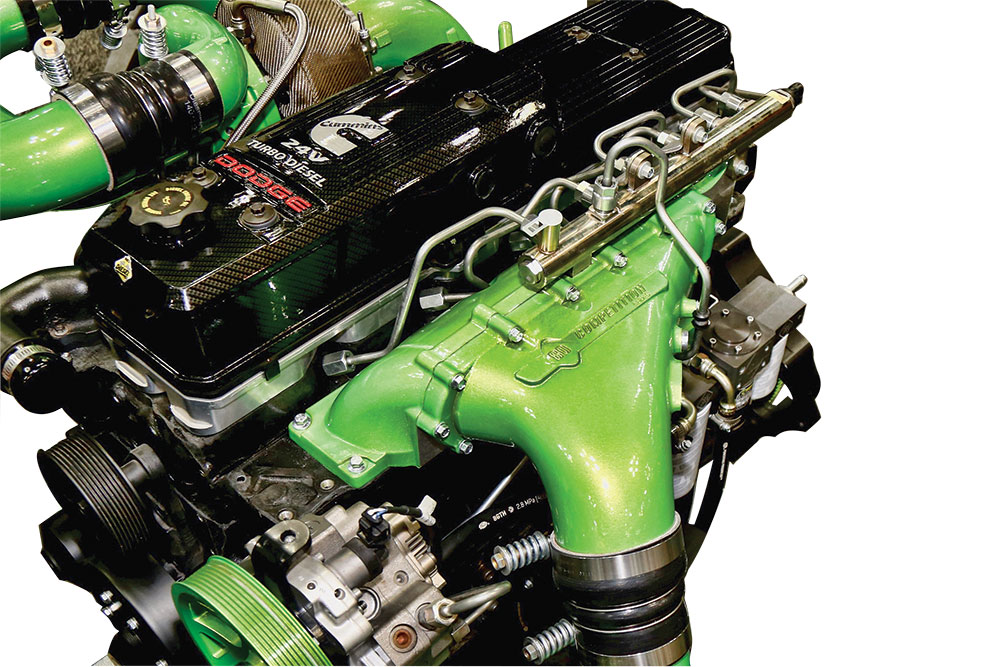
Savvy owners of 2003–2007 Ram trucks with the 5.9-liter common-rail Cummins diesel know that the grid heater plate imposes a significant air restriction and impedes performance modifications. BD Diesel of Blaine, Washington, now offers a competition intake manifold that solves that problem.
“It’s a two-piece design and it’s designed for race applications,” explained Jim Pace. “The big benefit is the considerable savings in machine work. Racers don’t have to shave off the heater grid that’s integrated into the cylinder head.”
BD Diesel’s new design allows the intake manifold to be attached directly to the cylinder head plenum, which then improves flow distribution to all cylinders and reduces system pressure drops.
“There is significantly more airflow and even air distribution,” added Pace.
The intake is designed to support larger high-performance turbochargers and dual CP3 kits. It comes with auxiliary ports for sensors, and the kit includes a charge pipe, CCV relocation hose, required extension harness, and new fuel pipes.
“The fuel rail is not included,” noted Pace, who added that racers will need one “from the 6.7-liter Cummins. But the new fuel pipes take care of all the rerouting needed for the intake.”
—Mike Magda
Mopar Drag Racing Front Coil-Over Conversion
QA1
qa1.net
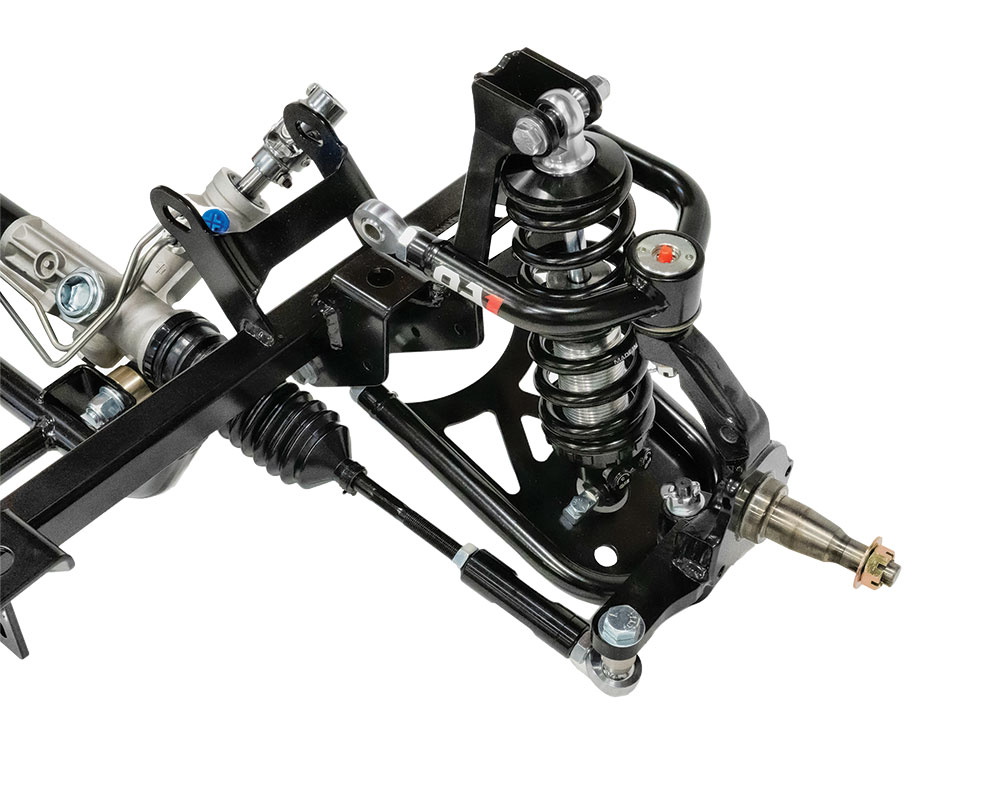
QA1 in Lakeville, Minnesota, offers a drag-racing version of its frontcoil-over conversion kits for Mopar A-, B-, and E-body applications.
“This kit enables Mopar owners to take their cars to the next level,” explained Dave Kass. “With our clean-sheet design, everything is optimized from the start.”
The QA1 kit replaces the factory front torsion-bar setup that limits pickup-point locations and potential performance improvements. It’s constructed from steel tubing that reduces weight over the factory K-member and allows for big-tube headers. The modular motor mounts support a wide range of engines, including the Gen III Hemi.
The kit features tubular control arms, Mustang II-style spindles, power rack-and-pinion steering, and a choice of single or double coil-overs.
“It’s a complete bolt-on kit, there’s no cutting or welding,” noted Kass. “We can custom tailor spring rates for any purpose.”
The drag racing version has a lighter spring rate for the front to improve weight transfer by reducing deflection, and the drag kit can offer up to a 2-inch drop.
For Pro Touring or autocross racers, there’s a handling configuration that uses poly bushings on the lower control arm to improve cornering. Those kits can be ordered with up to a 4-inch drop. The QA1 kits offer other options in brake and sway bar choices. —Mike Magda
Triple-Disc, Bolt-Together 8HP70 Torque Converter
TCI Automotive
tciauto.com
Racers can adjust the stall speed on their Gen III Hemi vehicle at home with TCI Automotive’s newest triple-disc, bolt-together torque converters for 8HP70 transmissions.
“Higher stall speeds will complement a bigger cam and other engine modifications,” reported Rusty Samsell of the Ashland, Mississippi-based company. “This triple disc will hold a lot of torque.”
The billet, self-serviceable design also features a lockup function. Removing the billet front provides access to the entire lockup assembly, turbine, stator, and bearings for servicing. There’s no need to ship it back to the factory since cutting and welding are not required.
The lockup clutch features the latest-generation carbon friction materials with a high torque capacity. The team at TCI reported the torque converter can handle more than 1,000 horsepower and is designed to withstand the punishment of continuous slip lock-up control.
With CNC-machined billet construction, this converter offers increased strength over traditional stamped-steel designs. Other features include a furnaced-brazed impeller and TIG-brazed turbine fins. As with all TCI converters, this model has the HDT thermal coating to dissipate heat more quickly.
“It’s a drop-in for Dodge Chargers and Challengers,” noted Samsell. When paired with a Comp Cams Stage 3 HRT cam, tests have shown 0–60 times will drop as much as a full second. —Mike Magda
Drag Race Aluminum Third-Member Case
Speedmaster
speedmaster79.com
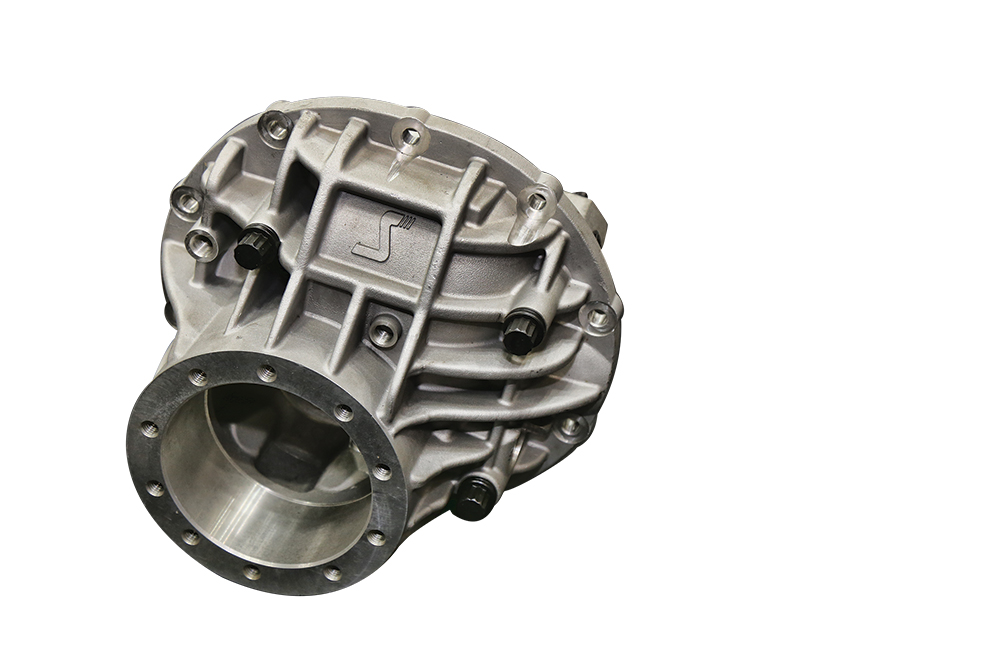
Constructed from 201-T6 aluminum, this new third-member case from Speedmaster in Rialto, California, supports all Ford 9-inch differentials. Even though the nose is extended by .750 inches, it will work with all 9-inch ring and pinions.
“It can also handle oversized ring and pinions,” noted Jason Kencevski. “Trophy truck racers pushed for the development of this product, along with drag racers and street outlaws.”
A key feature is the CNC-machined 7075-T6 billet bearing cap and the 9/16-inch through-bolt design to secure the caps and increase overall strength. The carrier bearing diameter is 4 inches.
Also, the case can be used with standard or aftermarket pinion supports of either 5- or 10-bolt design.
“We added extra webbing in the areas of the case that were known for failure,” explained Kencevski. “Racers want strength and light weight.”
This new case also works well with Speedmaster’s 40-spline limited-slip differential in addition to other popular LSDs, lockers, and spools. —Mike Magda
LSXHR 103-mm Intake Manifold for LS Cathedral-Port
FAST
fuelairspark.com
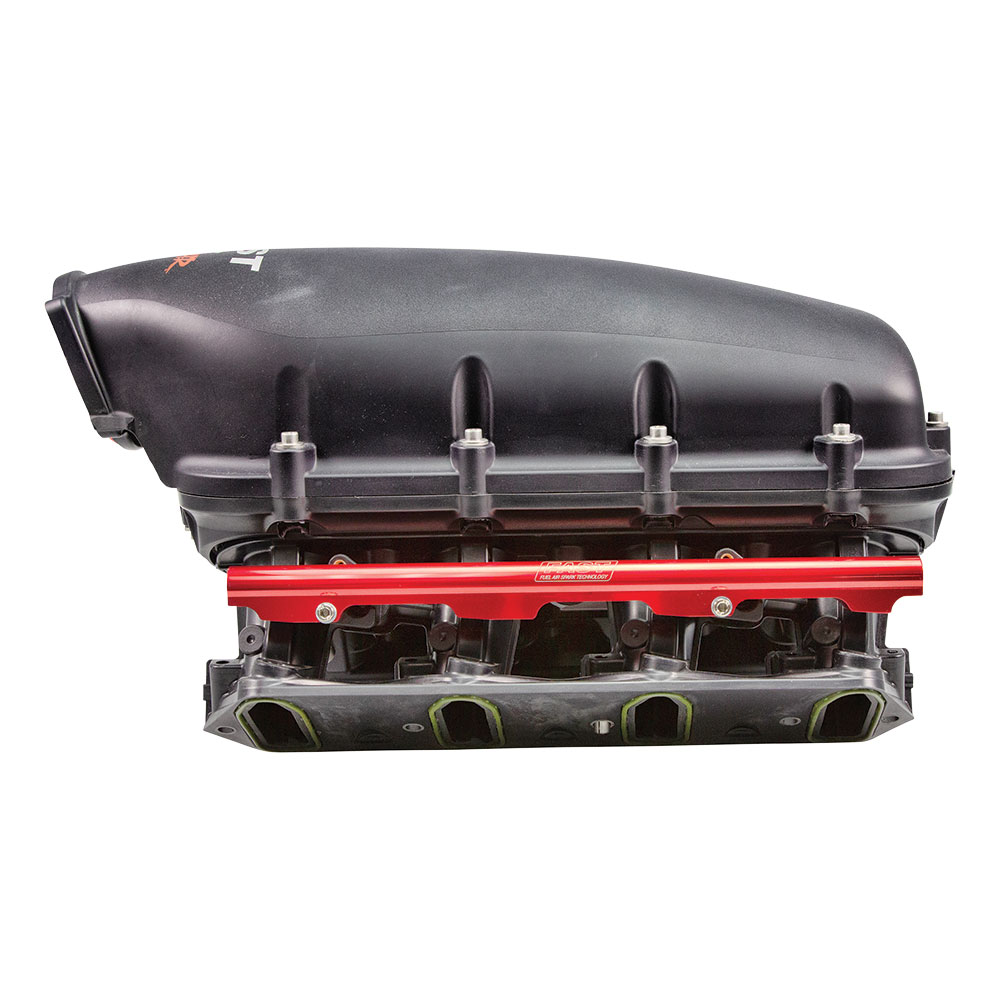
Leveraging the popularity of its first LS polymer intake manifold, FAST in Memphis, Tennessee, has designed a newer version with boosted engines in mind. Designated as the LSXHR, it comes with a 103-mm throttle-body opening that can be port matched up to 105 mm. Its revised polymer construction has been rated for up to 45 psi of continuous boost pressure.
“Even though owners were putting boost to the original, there was a real need to build an intake designed for boost,” said Mark Campbell. “This one is designed for boost. It’s taking the original to the next level.”
The manifold can support dual fuel injectors on each intake runner. It also offers the flexibility of changing the velocity stacks inside the plenum. Tall stacks are standard in the intake, but medium and short stacks are available and can easily be swapped in place, giving racers the ability to tune the intake for their particular application.
“Racers sometimes like the long runner to help build torque needed to bring up the engine on boost,” added Campbell.
The manifold has been optimized to make power from 5,000–7,500 rpm. Tests reveal a 20-plus horsepower gain over competitive tunnel-ram intakes.
Included in the manifold kit are custom fuel rails and all necessary hardware. —Mike Magda
 MEMBERSHIP LOGIN
MEMBERSHIP LOGIN JOIN PRI
JOIN PRI
